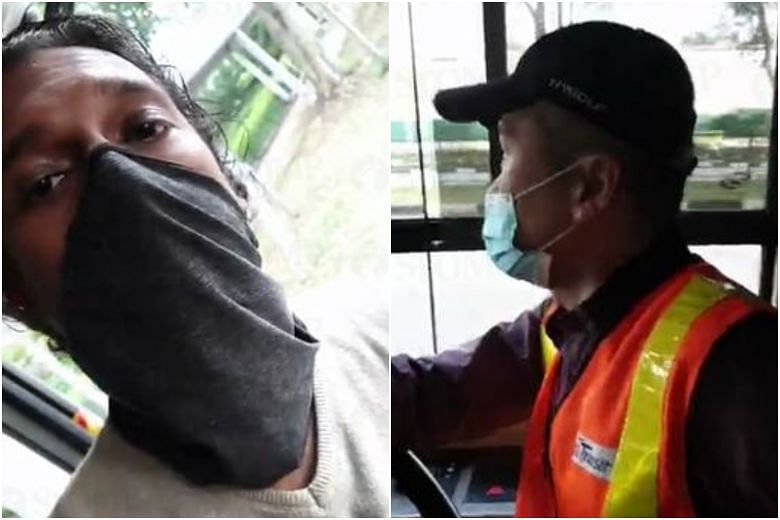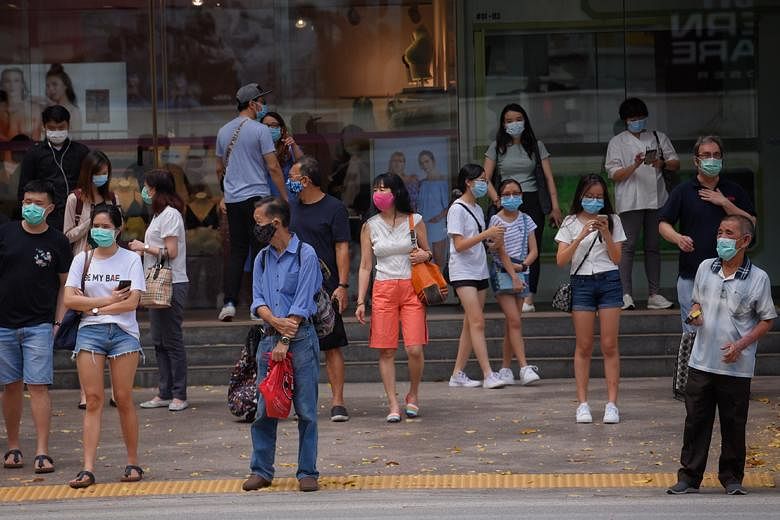SINGAPORE - Tighter regulations on what constitutes a mask and how it should be worn also came into effect on Saturday (Aug 29), according to a notice gazetted the day before.
It comes as the Ministry of Health (MOH) reiterated on Saturday that makeshift face coverings such as bandanas, scarves and neck gaiters should not be used as masks.
MOH's recommendation is also in line with those by the multi-ministry task force tackling the Covid-19 pandemic.
The definition of a mask has been revised to mean a covering made of paper, plastic or textile solely designed to be worn over the nose and mouth as protection against infection or air pollution.
Previously, a mask was defined as "any paper or textile covering designed or made to be worn over the nose and mouth to provide the wearer protection against infections or air pollution, but excludes a face shield".
A mask is now also required to touch the wearer's nose, cheeks and chin when worn.
The previous legislation only stated that it needed to touch the wearer's nose and cheeks.
The amended regulations under the Covid-19 (Temporary Measures) Act come after an incident earlier in August where a bus driver refused to allow a man wearing a neck gaiter to board.

A Health Ministry spokesman said at the time that neck gaiters and bandanas were not recommended to be used as masks.
A study published by Duke University in the United States earlier this month looked at 15 types of masks and found that wearing a single layer neck gaiter made of 92 per cent polyester and 8 per cent spandex is worse than not wearing a mask at all.
In a statement on Saturday, MOH noted that there have been recent queries on the efficacy of makeshift coverings in preventing disease transmission.
The ministry said that they may not perform as well as purpose-built masks as they may not have a good fit around the wearer's nose and mouth and are made from materials that are not specific for disease prevention.
"A mask should be worn such that it closely and completely covers the wearer's nose and mouth, without leaving a gap between the mask and the face," the ministry added.
Senior criminal lawyer Rajan Supramaniam said that the amended regulations mean that there is more clarity over what constitutes a mask and are "more decisive".
Commenting on what are possible repercussions should a member of the public be caught wearing face coverings like scarves or neck gaiters instead of a face mask, he said: "They can be reprimanded or be given a warning, or could be prosecuted, which means they could be fined."
Regulations state that those who are caught not wearing a mask can be fined $300.













